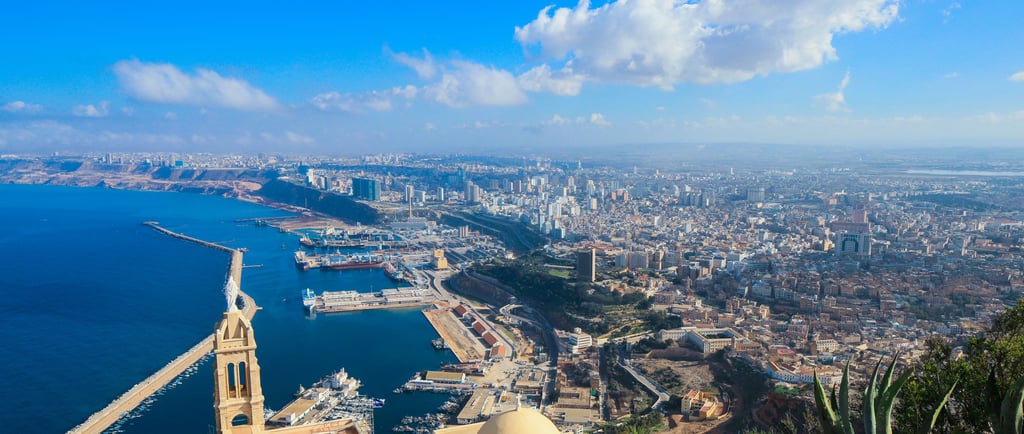Why Does Israel Want to Invade Lebanon?
EDUCATION
10/14/20243 min read


Introduction
The Middle East has long been a region marred by conflict, where violence has shaped its history. One of the central flashpoints of this struggle is Lebanon, a country that has seen external invasions, internal civil wars, and ongoing conflicts between various ethnic and religious groups. Lebanon's story is deeply intertwined with that of its neighbor, Israel, and the Palestinian conflict, making it a focal point of regional unrest for over a century.
Lebanon Under Foreign Rule
Lebanon's modern history began when it was detached from the Ottoman Empire at the end of World War I in 1918. Along with Syria, Lebanon came under French mandate, with a primarily Christian population. In 1943, Lebanon gained its independence as France was weakened during World War II. However, the effects of colonial rule lingered, and the country remained deeply influenced by French politics and culture.
The Arab-Israeli Conflict and Lebanon's Role
The British withdrawal from Palestine in 1948 led to the creation of Israel, sparking intense conflict between Jewish settlers and the local Arab population. The surrounding Arab states, including Lebanon, opposed the establishment of Israel, leading to the first Arab-Israeli war in 1948. Lebanon, though militarily weak, participated alongside Egypt, Syria, Jordan, and Iraq, but was quickly defeated by Israel.
The 1948 war and subsequent conflicts displaced thousands of Palestinians, many of whom sought refuge in Lebanon. This influx drastically altered the demographic balance of the country, leading to tensions between the native Lebanese population and the Palestinian refugees.
The Rise of the Palestinian Liberation Movement
In the 1960s and 1970s, Palestinian militant groups like the Palestine Liberation Organization (PLO) grew stronger, using Lebanon as a base for their operations against Israel. This escalation prompted Israel to conduct military operations in southern Lebanon, where the PLO had established a de facto government. Lebanon’s fragile political system struggled to manage the growing influence of these armed groups, which further inflamed sectarian tensions.
By 1975, Lebanon was plunged into a brutal civil war, exacerbated by the presence of Palestinian refugees, ethnic divisions, and regional interference. Israel and Syria both became directly involved in the conflict, with Israel invading southern Lebanon in 1978 and again in 1982 to eliminate PLO militants. Though the international community, including the United Nations, attempted to mediate, peace remained elusive.
The Emergence of Hezbollah
As the civil war continued, a new player entered the scene—Hezbollah. Formed in 1985 with the support of Iran and Syria, Hezbollah aimed to resist Israeli occupation and champion the cause of the Shiite population in Lebanon. Over the years, Hezbollah grew in strength and influence, eventually positioning itself as both a military force and a political actor. The group’s resistance against Israel earned it support among many in Lebanon and across the Arab world, particularly after the 2006 Lebanon War, in which Hezbollah was seen as a victor despite the heavy casualties and destruction.
The Ongoing Crisis and the Role of External Powers
Lebanon’s troubles did not end with the conclusion of the civil war in 1990. Ethnic divisions, political corruption, and economic instability continued to plague the country. Hezbollah, now a dominant force in the south, frequently clashed with Israel, most recently in a series of border skirmishes that reignited in 2023 and escalated throughout 2024.
In 2024, the situation in Lebanon reached a critical point. Israel launched a series of targeted strikes against Hezbollah leaders, killing key figures like Hezbollah’s general secretary, Hassan Nasrallah, and the group’s southern front commander, Ali Karki. These assassinations prompted Hezbollah to increase its attacks on Israeli positions along the border, leading to Israel's announcement of a potential ground invasion of southern Lebanon.
As of October 2024, Israeli forces have crossed into southern Lebanon, signaling the start of a new phase in the conflict. The broader implications of this escalation remain uncertain, particularly as Iran, Hezbollah’s primary backer, and other regional powers, including the United States and Russia, weigh their responses. The potential for large-scale displacement of refugees, especially into neighboring countries like Turkey, adds another layer of complexity to an already volatile situation.
Conclusion
The history of Lebanon is one of repeated conflict, shaped by the interplay of regional and international forces. From the aftermath of the Ottoman Empire to the current crisis with Hezbollah, Lebanon’s fate has often been decided by external powers. As the country faces new challenges, including potential military escalation and economic collapse, its future remains uncertain. The coming months will be critical in determining the next chapter of this long and troubled history.
